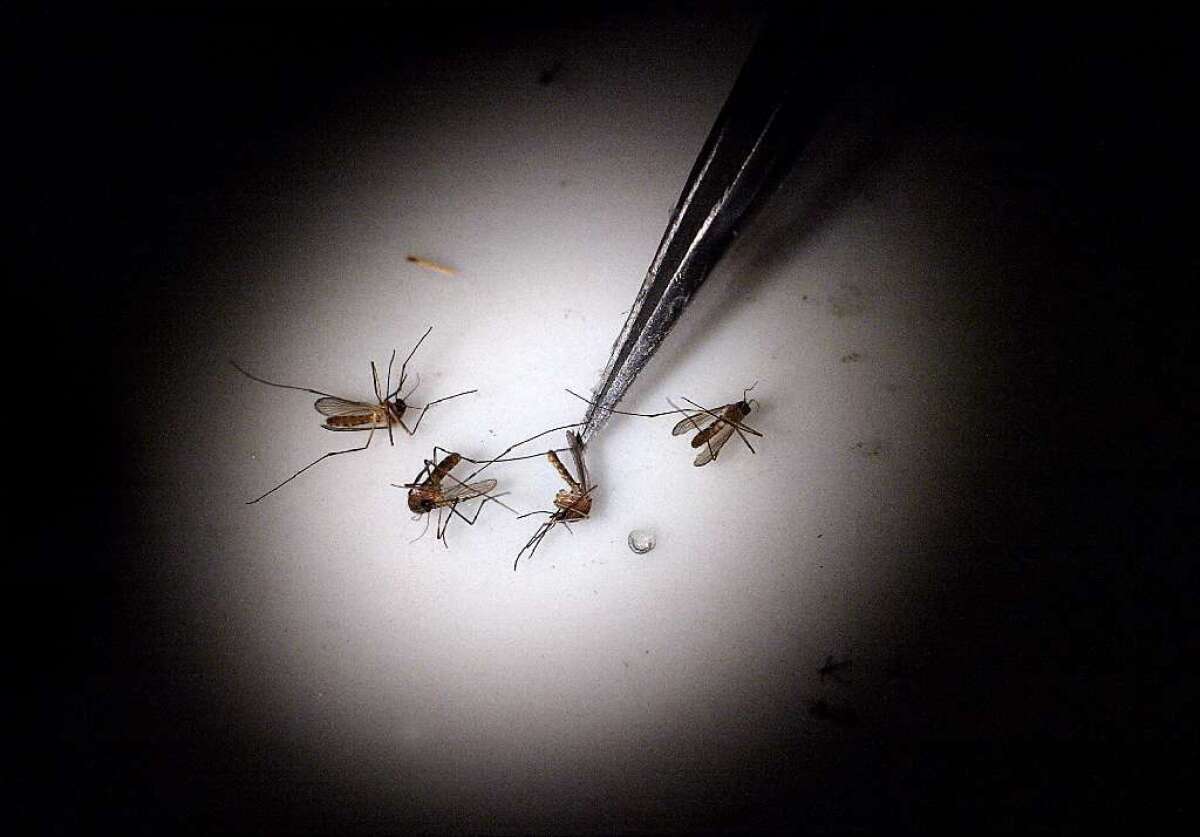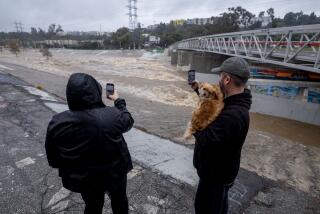California drought leads to increase in West Nile virus cases

The California drought could be responsible for another frightening trend: increased West Nile virus activity.
California public health officials said there were 801 cases of reported West Nile virus last year.
The drought may be to blame, due to limited water sources for birds and disease-carrying mosquitoes.
“As birds and mosquitoes sought water, they came into closer contact and amplified the virus, particularly in urban areas,” said Karen Smith, director and state health officer of the California Department of Public Health. “The lack of water could have caused some sources of water to stagnate, making the water sources more attractive for mosquitoes to lay eggs.”
Last year had the second-highest number of reported West Nile virus cases involving humans since it first plagued California in 2003, according to the state public health agency.
Public health officials recorded the largest number of cases, 263, in Orange County.
Of the 801 total cases in California, 561 patients developed a serious neurological form of the disease, which can often result in swelling of the brain.
Thirty-one cases were fatal, a rate exceeding previous years. Health officials say 2005 had the most cases, with 880 recorded.
Californians may see more of the same mosquito activity this year, especially since the weather has been unseasonably warm, public health officials said.
The virus is usually transmitted to humans from a bite by an infected mosquito. Symptoms can include high fever, a severe headache and confusion or a stiff neck.
For breaking news in California, follow @VeronicaRochaLA
More to Read
Start your day right
Sign up for Essential California for news, features and recommendations from the L.A. Times and beyond in your inbox six days a week.
You may occasionally receive promotional content from the Los Angeles Times.






